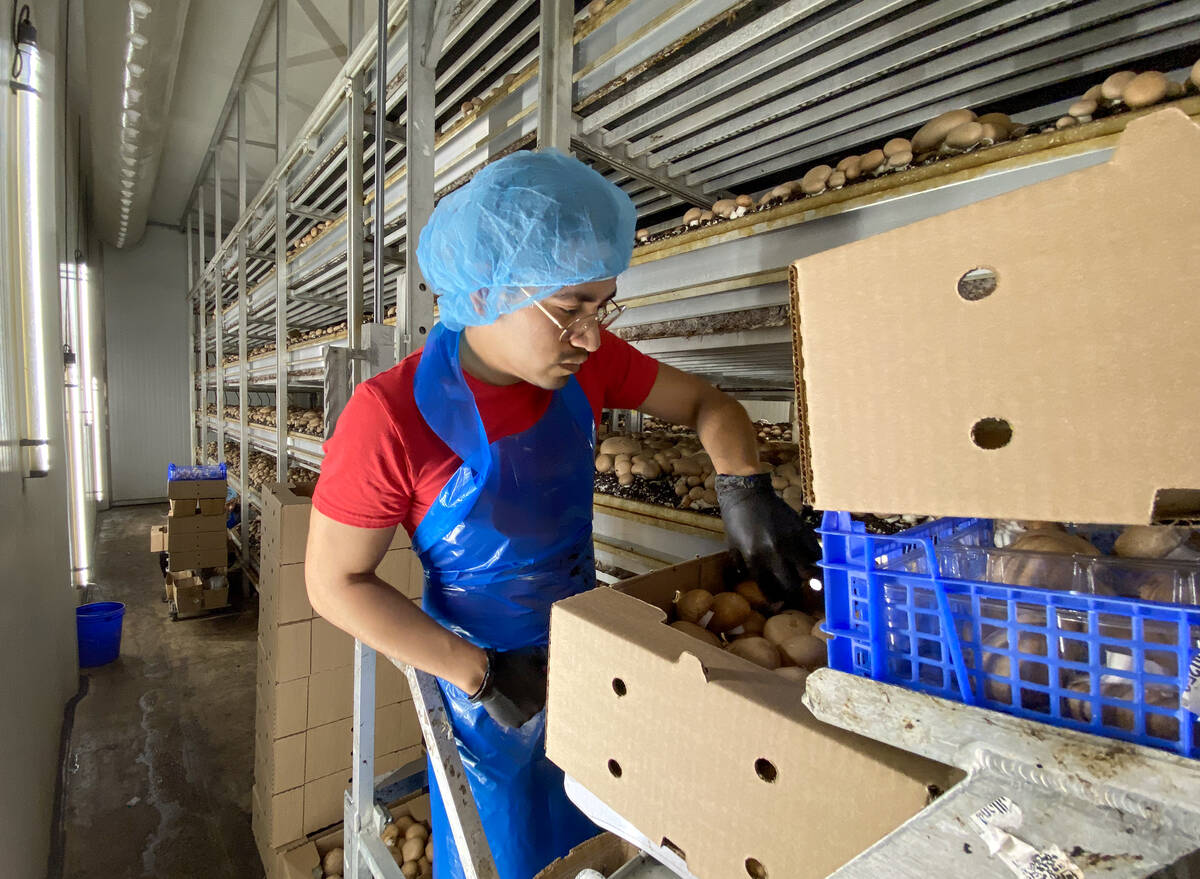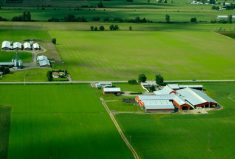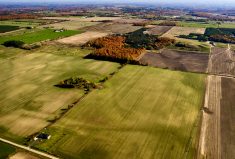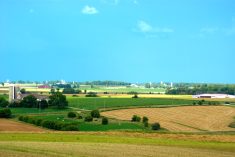Ontario’s farmland values increased exponentially in the last year across all regions, according to the 2021 FCC Farmland Values report.
Ontario reported the sharpest increase to 22.2 per cent, quadruple what it was in 2020, followed by British Columbia at 18.1 per cent, according to the Farm Credit Canada (FCC) report.
Why it matters: Between 2012 to 2019, the national farmland value trend indicated a slowdown, but in 2020 prices bumped from 5.2 to 5.4 per cent and jumped to 8.3 per cent in 2021.
Read Also

Ontario’s other economic engine: agriculture and food
Ontario Federation of Agriculture president, Drew Spoelstra, says Ontario’s agriculture and agri-food sector should be recognized for its stability and economic driving force.
“The bottom line is we have a little bit of an acceleration,” said Jean-Philippe Gervais, FCC chief economist. “I’m not surprised that farmland values continue to increase; I’m a bit surprised by the magnitude of the increase, quite frankly.”
Several factors influence farmland values, and while those vary from province to province, the interest rate, favourable commodity prices, and tight supply have supported demand, Gervais said.
“(Those factors) seem to have offset some the many challenges that could have been expected to restrain the demand for farmland and the price producer are willing to pay for land,” he said. “It’s a testament to the resilience and business confidence of farm operators who are largely driving this strong Canadian farmland market.”
The year negotiated a lot of volatility with pandemic exacerbated labour shortages, supply chain disruptions, farm input inflation, incremental interest rate increases and geopolitical tensions.
Despite projected increases for grain and pulse receipts fueled by strong demand and tight inventories, Gervais warned producers must have solid financial and market risk management plans in place when considering land investments.
“Land right now is at the highest level relative to income. It is one thing to say that land is expensive, but I always like to point out – against what?” he said. “When we think of agriculture, the point of comparison is with regards to farm income.”
Considering cash receipts for grains and oilseeds were relatively flat or declined slightly in 2021 and the robust valuation of land against farming incomes, Gervais was intrigued that land value increases were consistent across Ontario.
Central West, Eastern and Northern regions, saw 18.3 per cent, 12 per cent, and 5. 8 per cent increases respectively, while remaining areas saw farmland increases of between 22.8 and 28.4 per cent.
“The vast majority of buyers would be farm operations, with farming being the main occupation,” said Gervais. “Having said that, the presence of potential buyers does have an impact in the marketplace as well.”
In Ontario, non-traditional buyers, like hobby or part-time farmers, impact land values, particularly those close to urban areas. The diversity of the buyer’s pool influences what farmers are willing to bid, especially when land is close to where they farm or are looking to expand.
Farm operators should look at several years of farmland value data to understand regional and provincial trends because the market is dynamic, particularly before all 2021 transactions are finalized.
For example, in the last three years, Nova Scotia went from a 4.9 per cent decline in farmland values to a 12.2 per cent increase, a strong indicator of an exodus of producers from high-priced provinces, like Ontario, creating a maritime market influx.
“To get this two-year, three-year perspective gives you a bit of a better idea,” he said, especially at the regional level where growth often evens out over time.
Gervais said while Ontario is at the top of the valuation cycle regarding the value of the crops grown on the land, we are also in a high commodity price cycle that will subside at some point.
“To have those expectations, those different scenarios in mind when buying land is a good strategy,” he said. “Is a good strategy.”
Three wildcards could slow demand for farmland; the rising input prices, interest rates, and 2022 yields are unknown entities.
“Those three things have the potential to shift the demand,” Gervais said.
If inputs continue to rise as much as everyone fears or start to decline, he said it could slow or create investment opportunities.
In anticipation of the Bank of Canada raising rates to slow inflation, many ag operations began transitioning their loan portfolios towards long-term rates and fixed rates when the five-year fixed rate started to climb in April 2021, he said.
With the Russian war on Ukraine, there is enhanced volatility and more questions about what the banks will do.
“We’re pretty much set in terms of the forecast for four to five more increases,” said Gervais. “But I think it’s a wait-and-see what comes, to learn what the extent of the war will look like, the timeline and so forth, to understand what will happen beyond 2022.”













